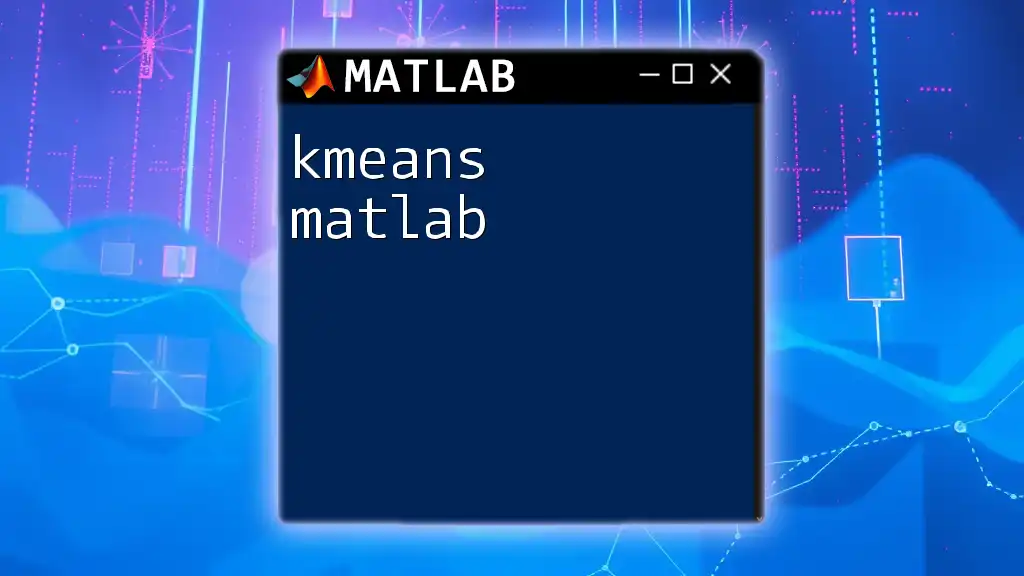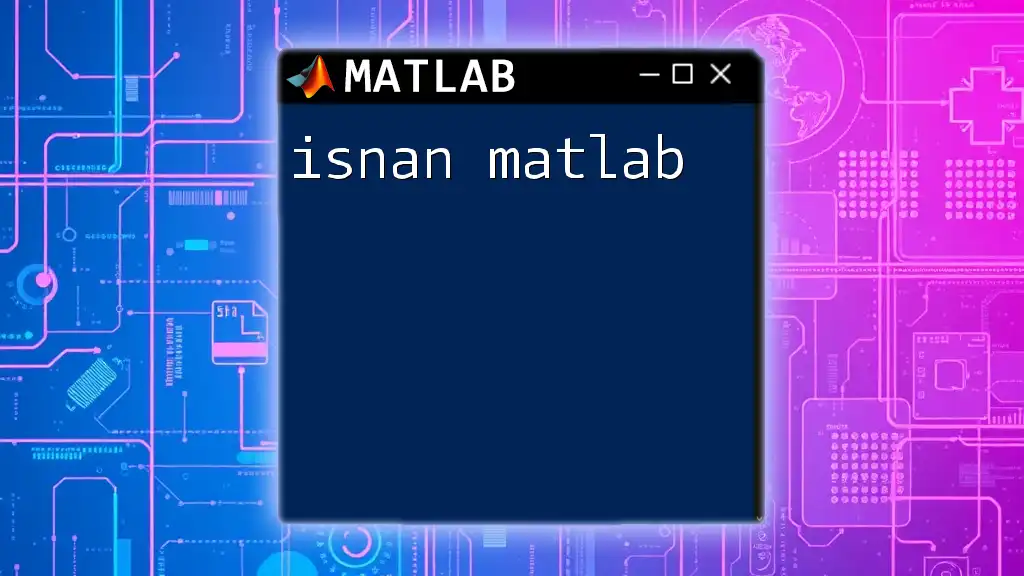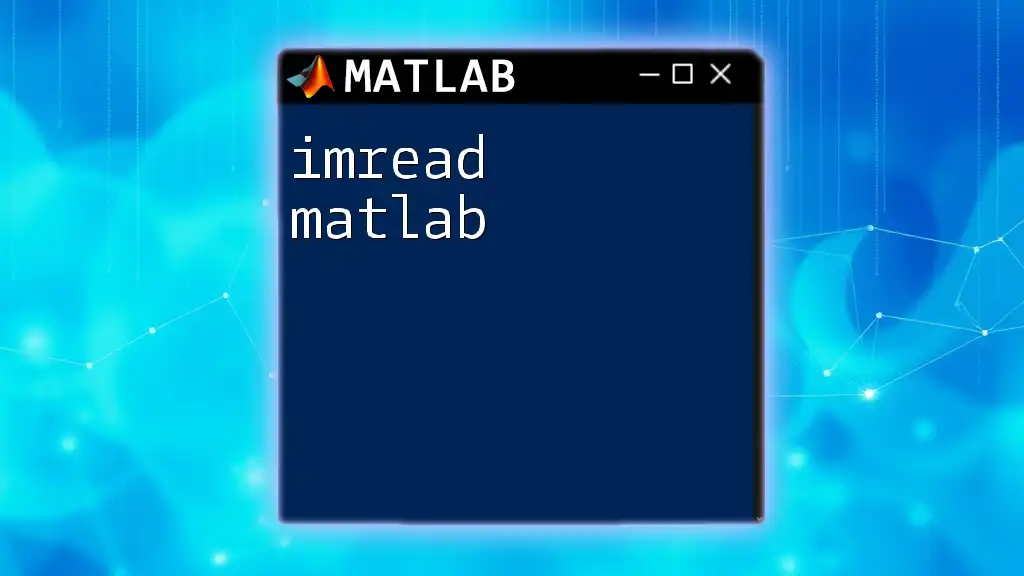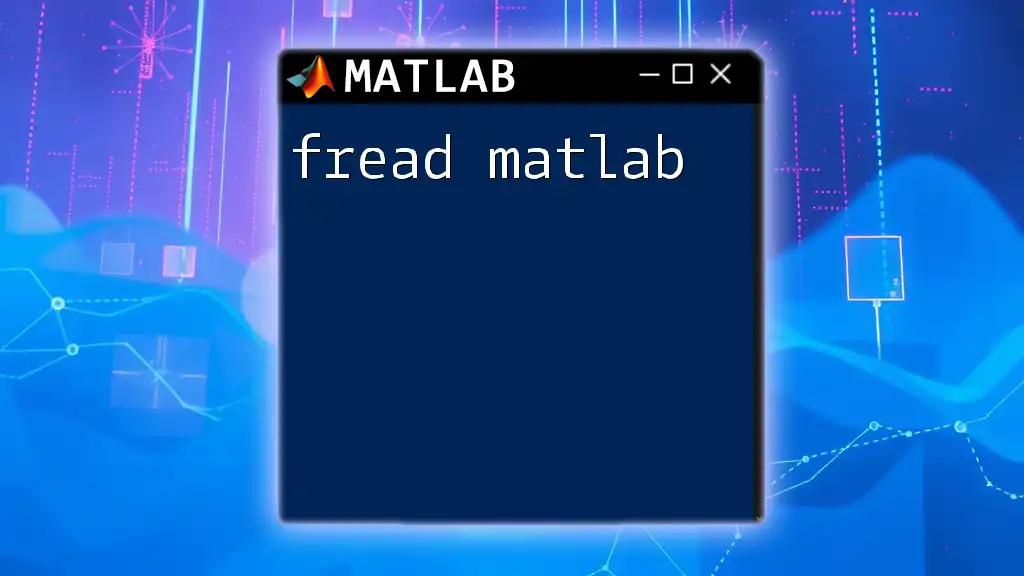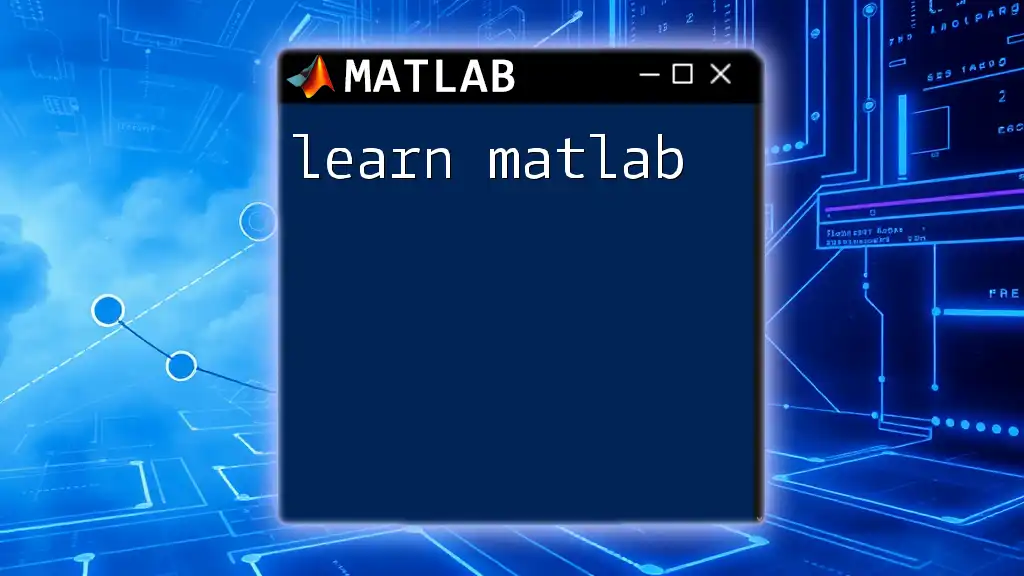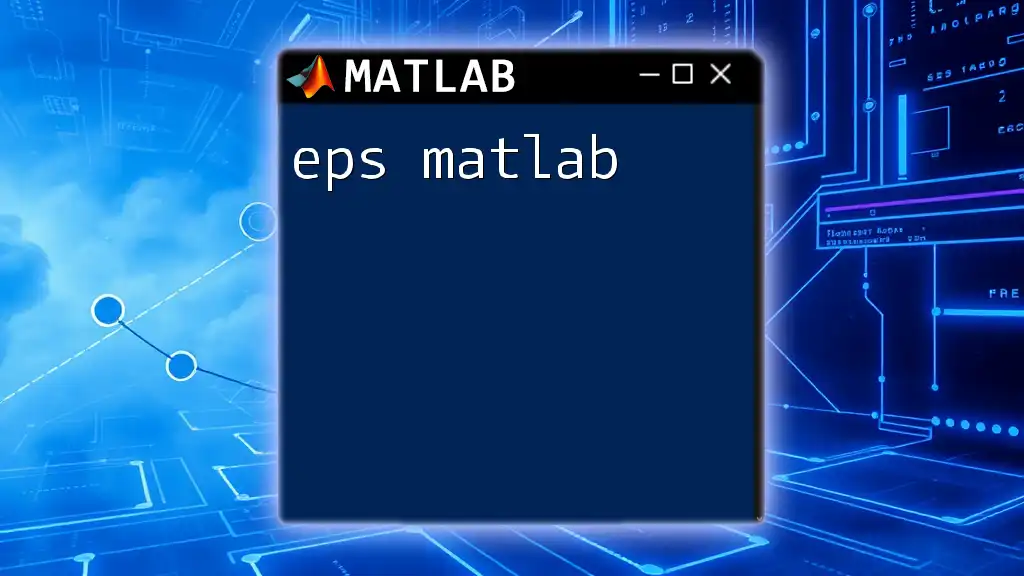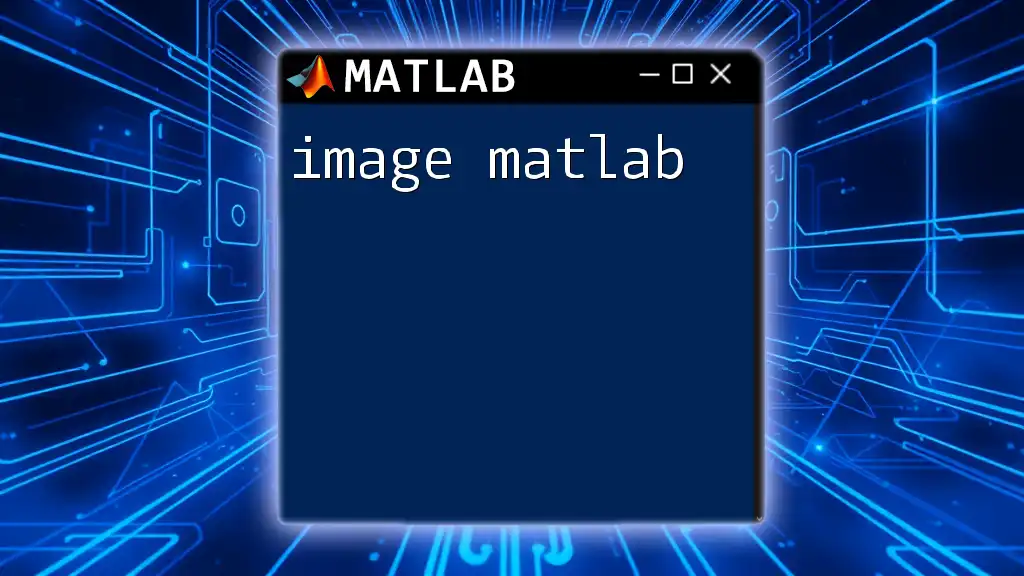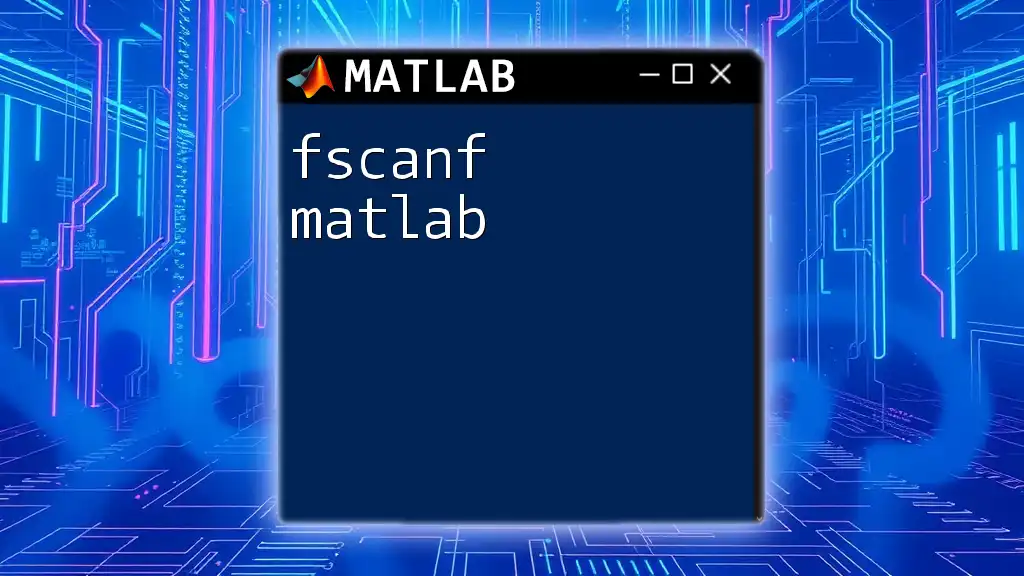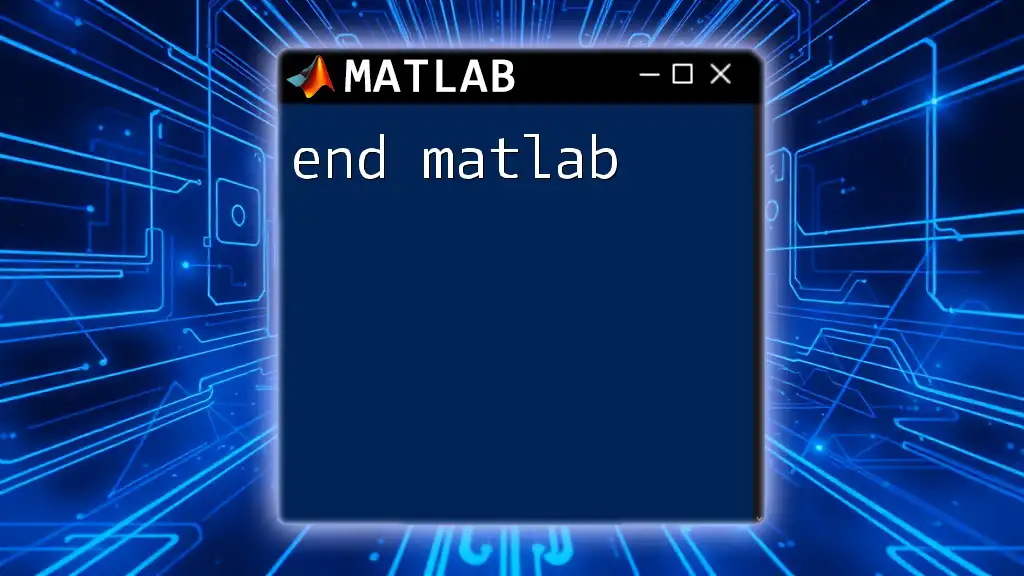K-means clustering in MATLAB is a popular algorithm used to partition data into distinct groups based on feature similarity.
Here’s a simple example of how to use the K-means function in MATLAB:
% Example data
data = [1.5 2.3; 1.8 1.9; 5.1 8.3; 7.3 6.4; 5.6 5.1];
% Number of clusters
k = 2;
% Perform K-means clustering
[idx, centroids] = kmeans(data, k);
What is K-Means Clustering?
K-means clustering is a popular unsupervised machine learning algorithm used to partition a dataset into distinct groups, called clusters. The primary goal is to categorize similar data points together while keeping different groups apart. This technique is often utilized in various domains such as marketing, biology, finance, and many others due to its efficiency and simplicity.
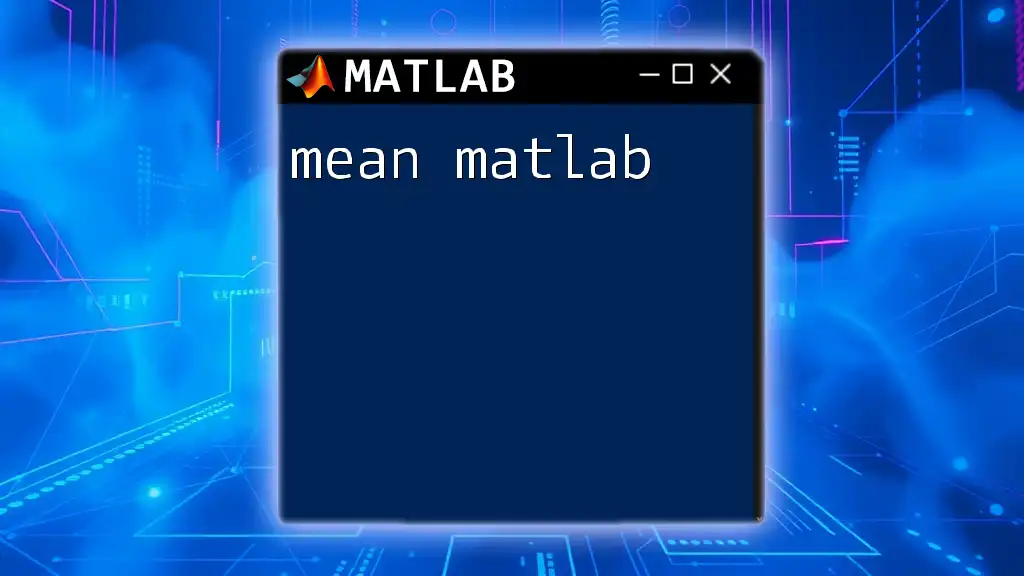
Why Use K-Means in MATLAB?
MATLAB is an excellent platform for performing data analysis and visualization. It provides numerous built-in functions, including the `kmeans` function, which simplifies the implementation of K-means clustering. Some of the advantages of using K-means in MATLAB are:
- Ease of Use: The user-friendly interface and high-level language syntax make it straightforward for beginners.
- Visualization Capabilities: MATLAB's robust plotting tools allow for effective visualization of clustering results, helping to interpret data better.
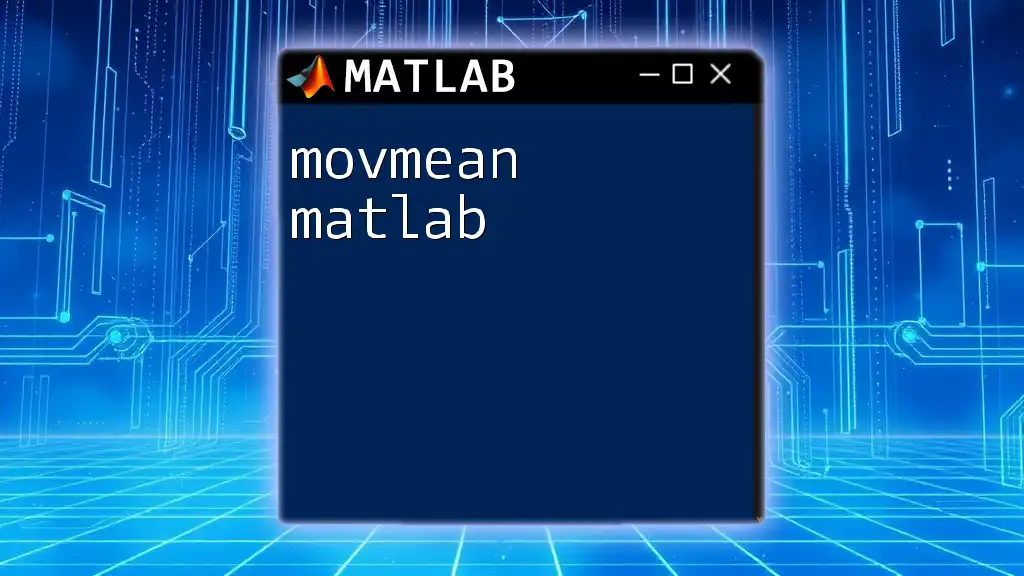
The Concept of Clusters
A cluster in data analysis is a collection of data points that exhibit similarity with each other but differ from points in other groups. Clustering can be seen in various real-life applications:
- Segmenting customers based on purchasing behavior.
- Grouping similar images in computer vision.
- Categorizing documents based on text content.
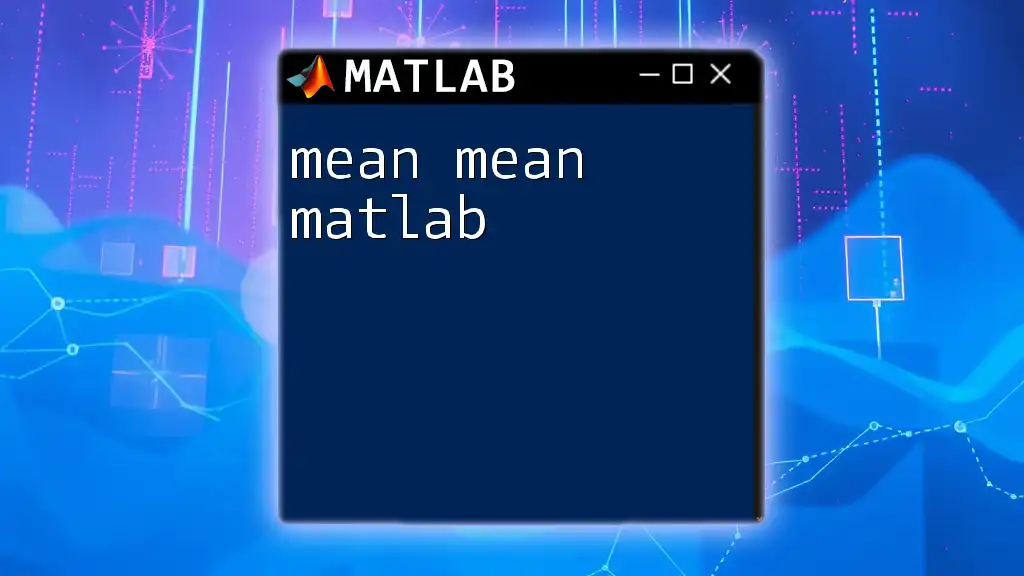
How K-Means Works
The K-means algorithm operates through a systematic process involving several steps:
-
Initialization: The algorithm begins by randomly selecting a specific number of points (k) as the initial centroids of the clusters.
-
Assignment Step: Each data point is assigned to the nearest centroid based on a distance metric, typically Euclidean distance. This assignment leads to the formation of clusters.
-
Update Step: After the assignment, the centroids of the clusters are recalculated by taking the mean of all points in each cluster.
-
Convergence: The process repeats iteratively until the centroids no longer change significantly, indicating that the algorithm has converged.
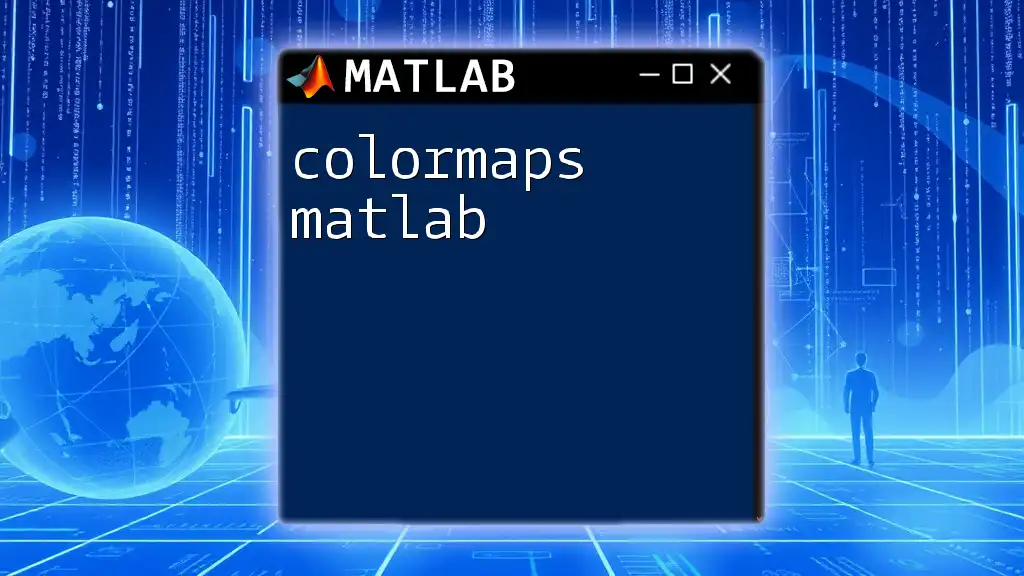
Getting Started with K-Means in MATLAB
Installing and Setting Up MATLAB
Before working with K-means clustering, ensure that you have MATLAB installed on your machine. You can download the latest version from the official MATLAB website. After installation, familiarize yourself with essential toolboxes, particularly the Statistics and Machine Learning Toolbox, as it contains the necessary functions for K-means.
Loading Data into MATLAB
To implement K-means clustering, you first need to import your data set into MATLAB. MATLAB can read various formats, including CSV and Excel files. For example, to load a CSV file, use the following syntax:
data = readtable('data.csv'); % Loading a CSV file
This command reads the data into the MATLAB workspace, allowing you to manipulate and analyze it.
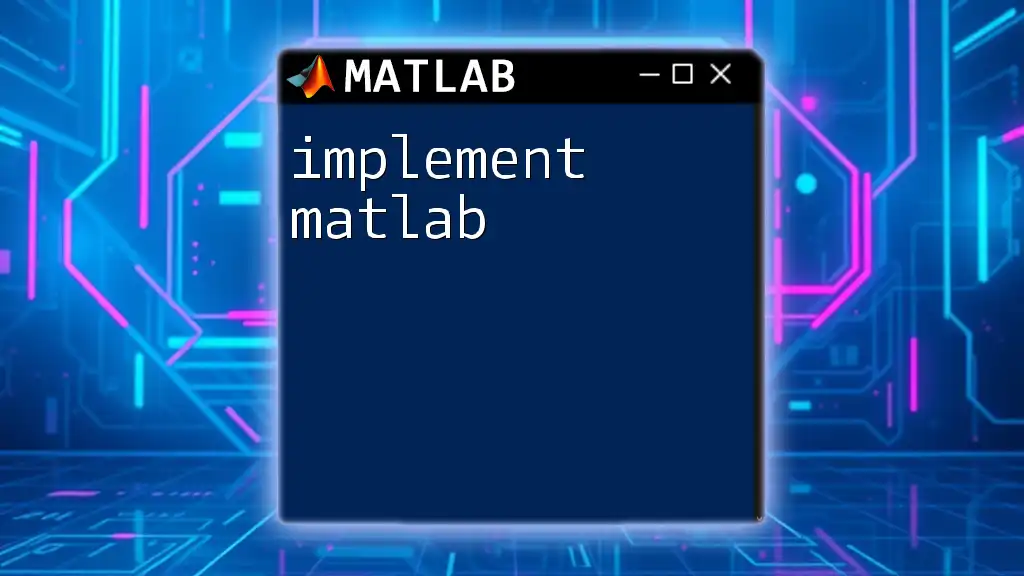
Implementing K-Means in MATLAB
Using the `kmeans` Function
The core function to perform K-means clustering in MATLAB is the `kmeans` function. Its basic syntax consists of:
[idx, centroids] = kmeans(data, k);
In this command:
- data is the dataset you loaded, which could be a matrix of features.
- k is the number of clusters you want to create.
- idx will hold the cluster indices for each data point.
- centroids will store the final locations of the centroids for each cluster.
Customizing K-Means Parameters
Choosing the correct number of clusters (k) is critical for successful clustering. Consider these methods:
-
Elbow Method: Visualize the total within-cluster sum of squares against the number of clusters and look for a "knee" or elbow point, which indicates a good balance between the number of clusters and variance.
-
Silhouette Method: This method evaluates how similarly data points are clustered. Higher silhouette scores indicate better-defined clusters.
You can also customize additional parameters like the distance metric and maximum number of iterations to improve algorithm performance.
Example: Running a K-Means Clustering
To illustrate K-means clustering, let’s use the famous Iris dataset:
- Load the dataset and visualize it:
load fisheriris
gscatter(meas(:,1), meas(:,2), species)
xlabel('Sepal Length');
ylabel('Sepal Width');
title('Iris Dataset');
- Perform K-means clustering on a subset of this data, such as Sepal length and Sepal width:
[idx, centroids] = kmeans(meas(:,1:2), 3);
Now, the variable `idx` contains cluster assignments for each data point, while `centroids` holds the center points of the clusters.

Visualizing the Results
Plotting Clusters and Centroids
Visualization is key to understanding the effectiveness of your clustering. You can create visual outputs that showcase the clusters and centroids:
figure;
gscatter(meas(:,1), meas(:,2), idx);
hold on;
plot(centroids(:,1), centroids(:,2), 'kx', 'MarkerSize', 15, 'LineWidth', 3);
title('Cluster Assignments and Centroids');
xlabel('Sepal Length');
ylabel('Sepal Width');
Evaluating Cluster Quality
Silhouette Analysis
Silhouette scores provide insights into how well each data point fits within its assigned cluster compared to others. A higher average silhouette value indicates better-defined clusters.
silhouette(meas(:,1:2), idx);
Other Evaluation Metrics
Utilizing additional evaluation metrics such as the Davies-Bouldin Index and Calinski-Harabasz Index can further enhance your understanding of clustering quality.
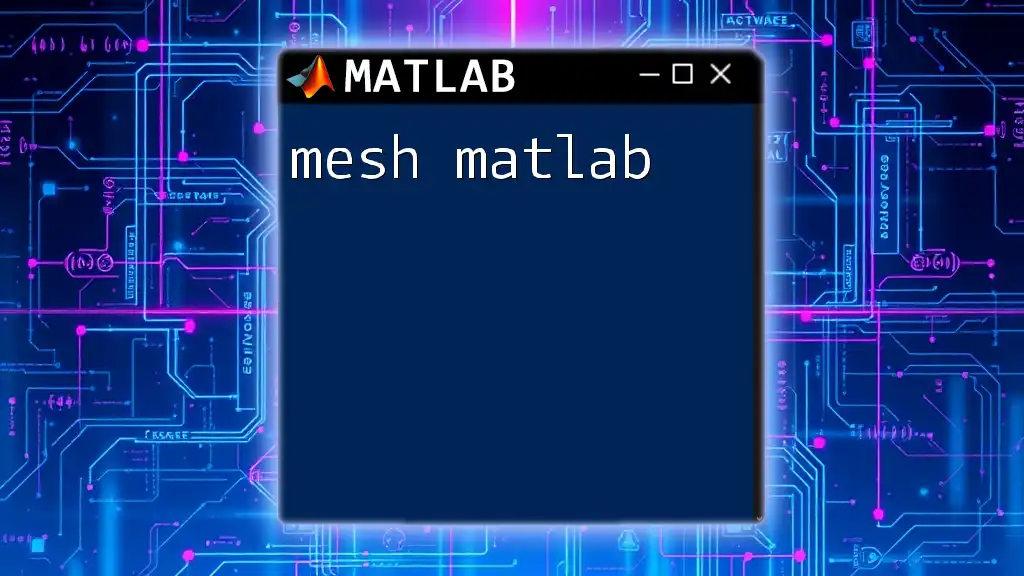
Troubleshooting Common Issues in K-Means Clustering
Convergence Problems
If your K-means algorithm is not converging, it might be due to poor initialization of centroids or an unsuitable distance metric. Using techniques like the K-means++ initialization can help improve the initial selection of centroids.
Choosing the Right Number of Clusters
The most common challenge when using K-means is determining the number of clusters (k) to use. Employ the Elbow method or the Silhouette method to aid in this decision-making process.
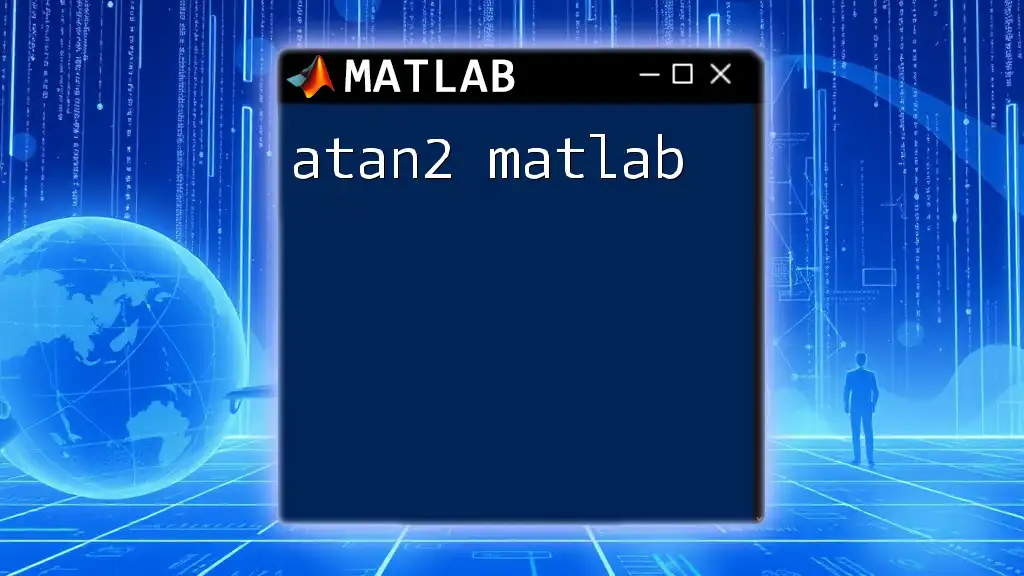
Advanced K-Means Techniques
Variant Algorithms
While the basic K-means algorithm is effective, several variants provide enhancements:
-
Mini-Batch K-Means is suitable for large datasets, using a small random sample to update centroids, which significantly improves computational efficiency.
-
Hierarchical K-Means combines two clustering methods: hierarchical and K-means, to achieve better cluster separation.
Integrating K-Means with Other Algorithms
K-means can be integrated with other machine learning methods, such as combining it with Principal Component Analysis (PCA) for dimensionality reduction. This integration can lead to improved clustering performance and visualization by reducing noise and computational complexity.
Applications Beyond Data Science
K-means clustering is used in various industries beyond data analysis:
- Engineering: Grouping similar components in fault detection.
- Finance: Segmenting customers for risk management strategies.
- Healthcare: Clustering patients based on their medical histories.
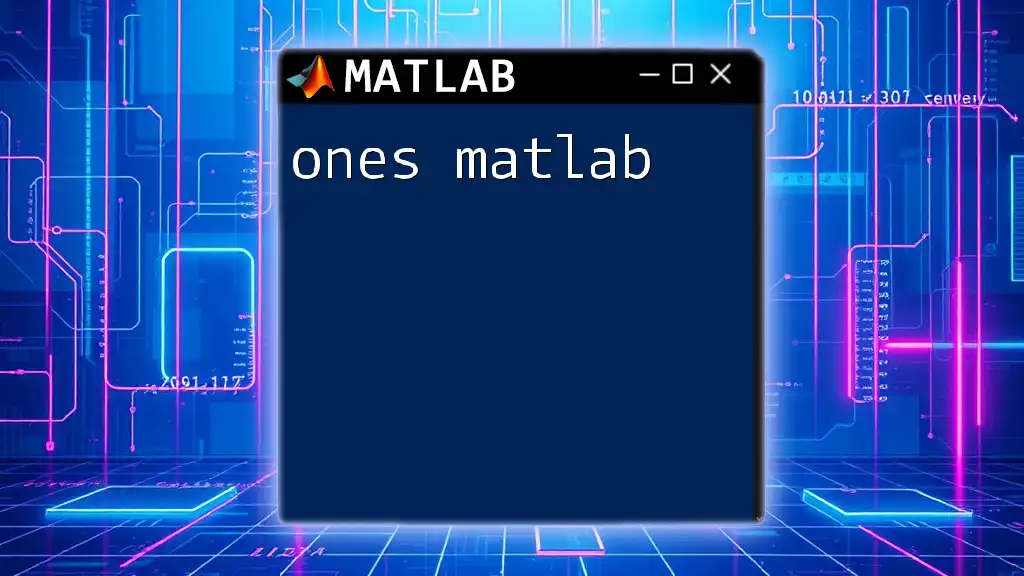
Conclusion
K-means clustering is a powerful and accessible technique for data analysis, particularly when implemented in MATLAB. Understanding its mechanics, proper usage, and visualization techniques can significantly enhance your analytical capabilities. As you continue to explore K-means and its extensions, consider experimenting with various datasets to solidify your understanding and improve your skills.
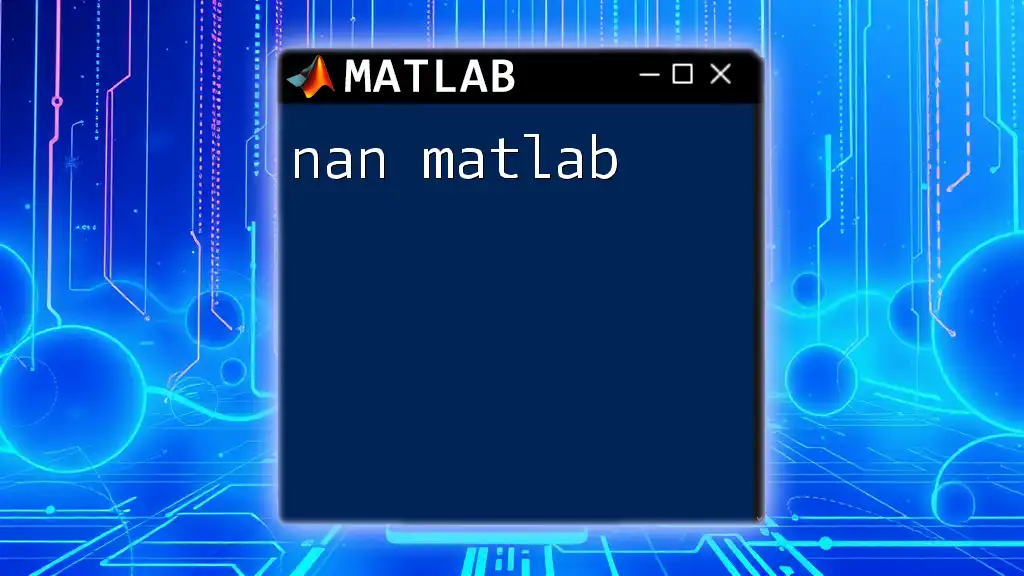
Frequently Asked Questions (FAQs)
Common Queries Regarding K-Means in MATLAB
What is the best way to choose `k`? Choosing the right k can be approached through visualization techniques like the Elbow method or Silhouette scores, both of which provide insights into the optimal number of clusters based on the dataset's characteristics.
Can K-Means be used for non-spherical clusters? While K-means is primarily designed for spherical clusters due to its reliance on Euclidean distance, it can still handle elliptical clusters to some extent. However, for distinctly non-spherical shapes, consider using alternative clustering techniques, such as DBSCAN or Gaussian Mixture Models, for better results.
By mastering K-means clustering using MATLAB, you're equipped with an essential tool for data exploration and pattern recognition, which can be beneficial across various fields and applications.

